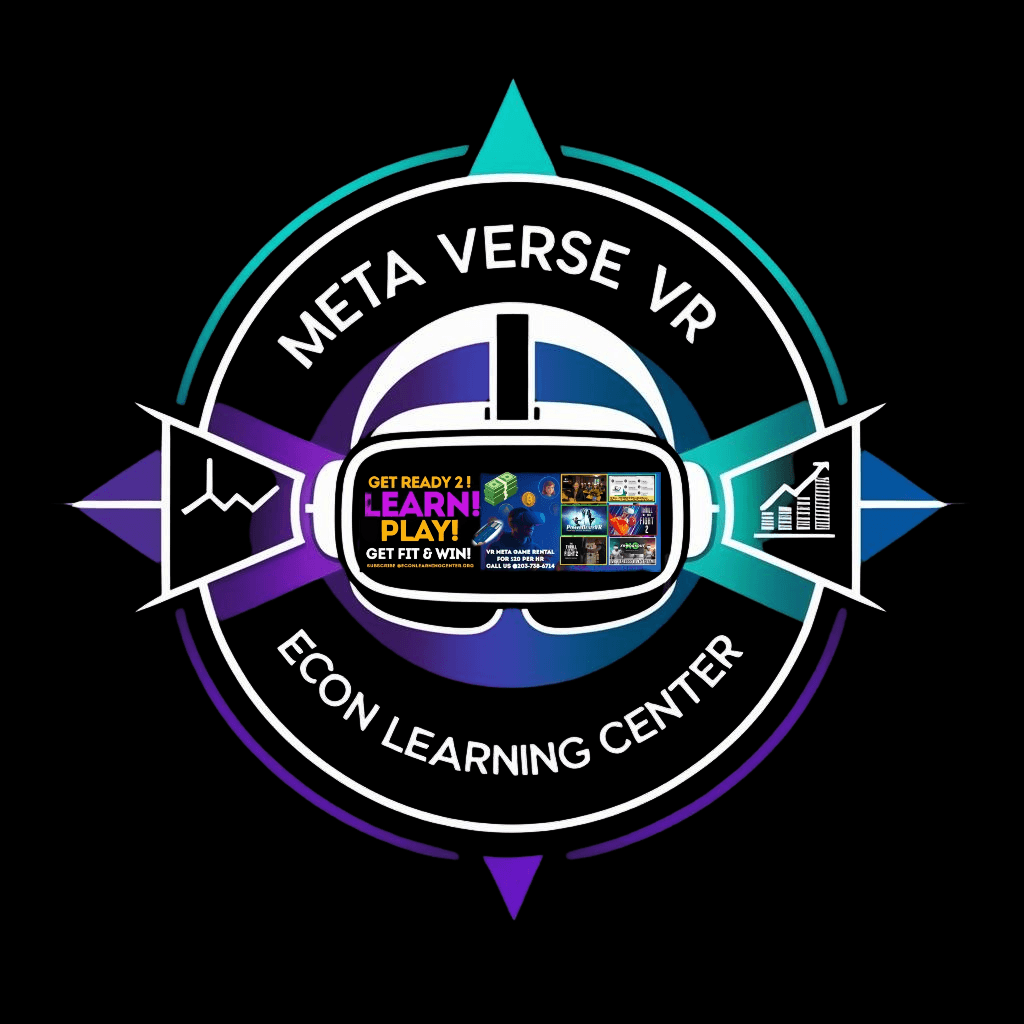- BOOK ME HERE
- About
- ENROLL HERE
- Schedule For Our Personal Financial Development 1 Year Course
- The Challenge
- ELC SHOP CLUB
- Credit Repair and Financial Education Services
- Watch Our Business Presentation
- Contact
- FAQ
- Econ Learning Center Blog
- Terms of service
- Econ Learning Center Channel
- Credit Secrets Live Tv
- ELC Meta Verse Vr Fitness ED Games
Common Misconceptions about Metaverse Learning Debunked
Understanding the Metaverse in Education
The concept of the metaverse is rapidly gaining traction in various fields, including education. However, with its rising popularity, several misconceptions have emerged. These misunderstandings can lead to confusion and hesitation in adopting this transformative technology. In this blog post, we aim to debunk some of these common myths and offer a clearer perspective on metaverse learning.

Myth 1: The Metaverse Is Just for Gaming
One of the most prevalent misconceptions is that the metaverse is solely a gaming platform. While it's true that the gaming industry plays a significant role in its development, the metaverse extends far beyond virtual entertainment. In education, it offers immersive learning environments where students can engage with content in a more interactive and meaningful way.
Through virtual reality (VR) and augmented reality (AR), educators can create experiences that transcend traditional classroom boundaries. These technologies allow students to explore historical events, conduct scientific experiments, and even collaborate with peers in different parts of the world. This level of engagement can significantly enhance learning outcomes.
Myth 2: Metaverse Learning Is Expensive
Another common misconception is that metaverse learning requires a significant financial investment. While initial costs for VR headsets or software might seem high, the long-term benefits often outweigh these expenses. Schools and educational institutions are increasingly finding cost-effective solutions by integrating scalable technologies that fit their budgets.

Moreover, many tech companies are developing affordable and even free platforms to make metaverse learning accessible to all. As technology continues to advance, the costs are expected to decrease, making it feasible for more institutions to adopt these innovative tools.
Myth 3: It's Only for Tech-Savvy Students
There's a belief that only tech-savvy students can benefit from metaverse learning. This is far from the truth. Modern metaverse platforms are designed to be user-friendly, with intuitive interfaces that cater to users of all skill levels. Educators also receive training to help students navigate these virtual environments effectively.
The metaverse encourages inclusivity by offering diverse learning modalities that cater to different learning preferences and needs. Whether a student is visual, auditory, or kinesthetic, they can find a way to engage with the material that suits their style best.

Myth 4: Metaverse Learning Is Isolating
Some people fear that metaverse learning might lead to social isolation. However, the opposite is often true. The metaverse fosters collaboration by enabling students to interact with peers and instructors in real-time, regardless of physical location. This connectivity promotes a sense of community and shared learning experiences.
Additionally, the metaverse offers opportunities for students to work on group projects, participate in discussions, and even attend virtual field trips together. These collaborative activities can strengthen social bonds and enhance communication skills.
The Future of Education in the Metaverse
As we continue to explore the potential of the metaverse in education, it's crucial to dispel these misconceptions and embrace the possibilities it offers. By providing immersive, engaging, and inclusive learning experiences, the metaverse can revolutionize how we approach education and prepare students for the future.
